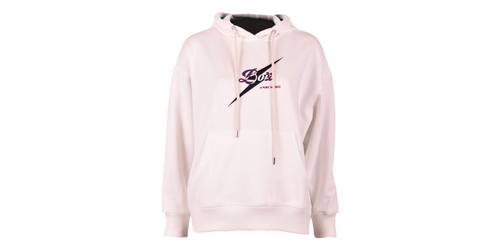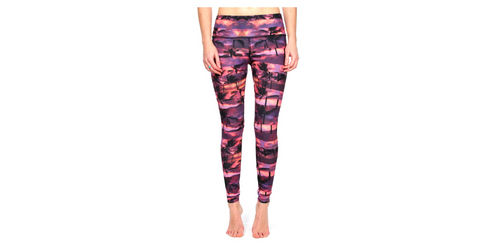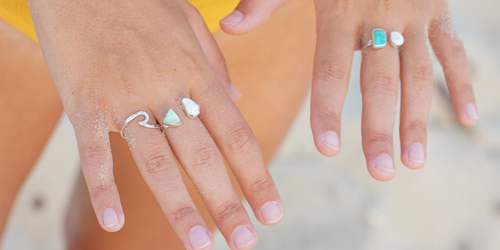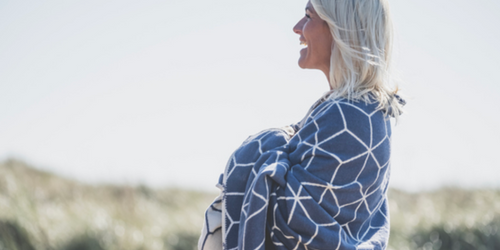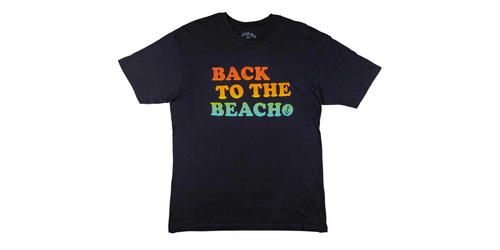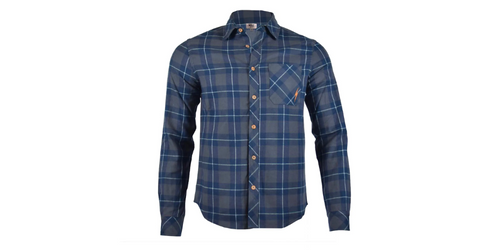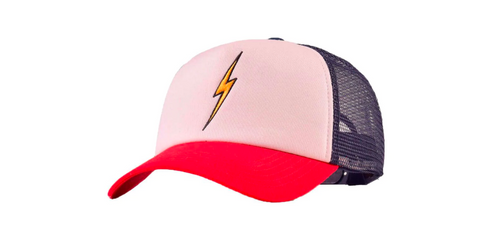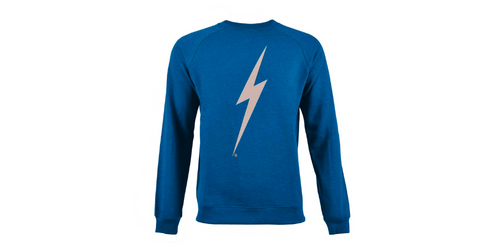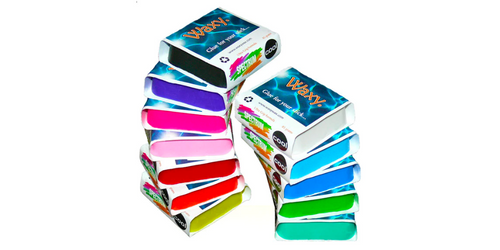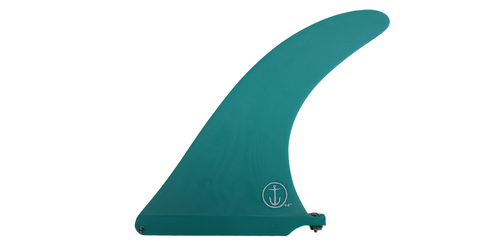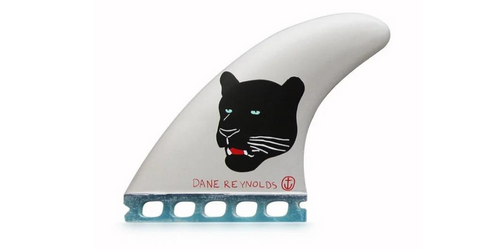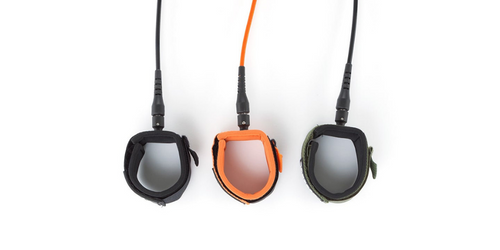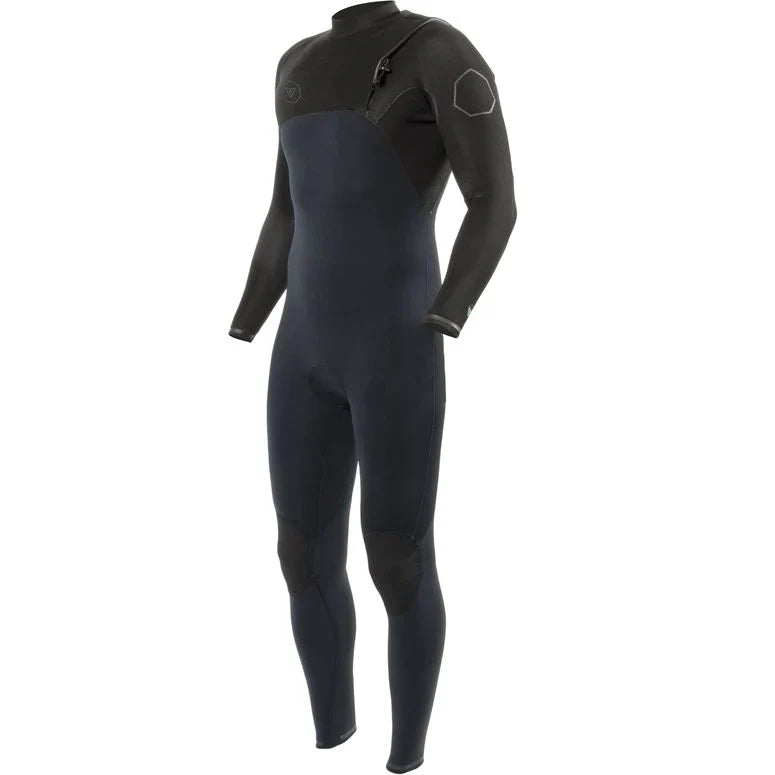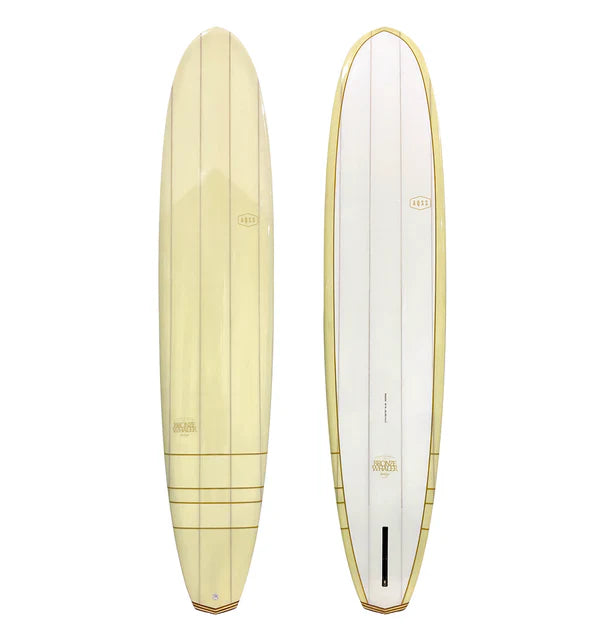What Are The Best Surf Conditions For Beginners?

Surfing is an exhilarating and challenging sport that allows you to connect with the ocean in a unique way. If you're a beginner eager to catch your first wave, it's essential to understand that choosing the right surf conditions are as important has having the right surfing equipment.
In this article, we'll explore the best surf conditions for beginners, helping you get started on your surfing journey safely and confidently.
Small to Medium Waves
For beginners, it's crucial to start with small to medium-sized waves. These waves typically range from 1 to 4 feet in height and are ideal for practising on a soft foam surfboard, improving wave-catching skills. Smaller waves are less intimidating and pose less risk to surfers who are just starting.
Large waves (overhead or bigger) may look exciting but are generally reserved for more experienced surfers due to their power and unpredictability. Riding smaller waves will help you build confidence and improve your technique gradually.
Gentle, Rolling Waves
These waves break slowly and consistently, allowing for longer rides and more extended learning opportunities. Beach breaks, where waves break over sandy bottoms, often produce these forgiving waves. Avoid waves that break in close succession or dump abruptly, as they can be challenging to navigate for beginners. A long, gradual breaking wave will provide a stable platform for learning and practising.
Soft Wave Peaks
Soft wave peaks are waves that have a rounded, smooth shape when they break. These waves are less likely to close out, which means they offer a more extended rideable face for beginners. Soft wave peaks are perfect for practising your pop-up and riding down the line. Conversely, waves with sharp, pitching peaks can be difficult to handle for novices, as they require precise timing and balance to catch and ride successfully.
Gentle Offshore Winds
Winds play a significant role in surf conditions. Beginners should look for days with gentle offshore winds, which blow from the land towards the ocean. Offshore winds help smooth the wave faces, making them more manageable and less likely to crumble. Onshore winds, which blow from the ocean towards the land, create choppy and messy conditions, making it challenging for beginners to catch and ride waves effectively.
Long Period Swells
Long period swells are waves that are well-spaced, providing ample time for surfers to paddle and catch them. These swells result in consistent, less abrupt waves that are easier for beginners to read and catch. Look for surf reports that mention long period swells when planning your surf sessions. Short-period swells, on the other hand, can create erratic and unpredictable wave patterns, making them less suitable for novice surfers.
Opt for the right wave
Choosing the right surf conditions is paramount for beginners looking to embark on their surfing journey. Opt for small to medium waves, gentle and rolling breaks, soft wave peaks, gentle offshore winds, and long period swells to maximise your safety and enjoyment while learning to surf. Remember that practice and patience are key to mastering this incredible sport, and starting with the right conditions will set you on the path to success. So, grab your board and catch those beginner-friendly waves!
-
Posted in
Helpful Surfing Info

